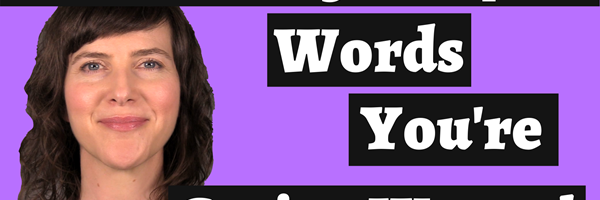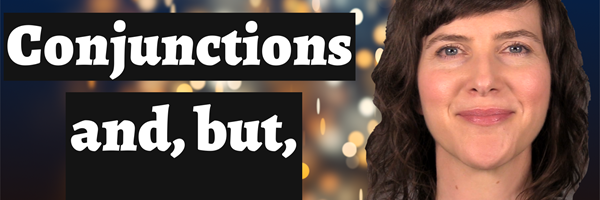(Video Transcript)
Hi, I’m Julie with San Diego Voice and Accent, and in this video you’ll learn about syllabic consonants.
Syllables and vowels
When you were first studying English, did you learn that you can count the number of syllables in a word based on the number of vowels in that word? For example, let’s look at the word English /ˈɪŋ.ɡlɪʃ/.
English has two vowels in it - the IH in the first syllable and the IH in the second syllable. So two vowel sounds must equal two syllables.
Eng-glish
Yes, in this example, that is correct. There are two vowel sounds in the word English, and English is two syllables.
But what about this word.
written
How many vowels did you hear in this word? Listen again:
written
Let’s look at the IPA to see how many vowel sounds are actually in this word.
/ˈɹɪʔ.n̩/
This IPA transcription shows only one vowel - the IH vowel in the first syllable. The second syllable doesn’t contain a vowel sound. It’s only the N consonant. But this word is two syllables.
written
How is that possible?
Syllabic consonants in American English
In American English, sometimes a consonant will absorb the vowel sound, which is typically the unstressed schwa vowel, and this results in no vowel sound in that syllable. The consonant replaces the vowel in that syllable. These types of consonants are called syllabic consonants, and they can occur in unstressed syllables.
The most common consonants that can become a syllabic consonant are the N, M, L, and R consonants. When these consonants become syllabic, the IPA transcription will show a small vertical line underneath the consonant, like this: /n̩/.
However, when the R consonant becomes a syllabic consonant, it is easier if you think of it as the ER vowel, which uses this symbol /ɚ/. Even though this IPA symbol is different from the other syllabic consonants, the process is the same. In the case of the ER vowel, the R consonant absorbed the schwa sound, and that’s how it became the ER vowel.
I need to discuss one more thing about the IPA. In my videos, I sometimes will include the schwa vowel in my transcriptions that use syllabic consonants. For example, I’ve used this transcription for the word “squirrel” /ˈskwɝ.əl/, which shows the schwa vowel in the second syllable. I did that because I think it is easier to learn how to pronounce syllabic consonants, especially the syllabic L sound, when you see a schwa vowel in the transcription. I think it helps to imagine that there is a small UH sound in that syllable, even though it’s not really pronounced. The word squirrel can also be transcribed like this: /ˈskwɝ.̩l/, and both transcriptions would be correct.
But in this video, I’ll use only the syllabic consonant symbol so that you can become used to seeing that type of IPA transcription.
Let’s go through some examples of each syllabic consonant.
Syllabic N
We’ll start with the syllabic N. And one thing to notice about the syllabic N is when a T sound comes before the N, the T is pronounced like a glottal stop /ʔ/. Uh, Uh, Uh, Uh.
Listen to my pronunciation, and try to match the glottal T if it is in the word.
Listen /ˈlɪs.n̩/
Reason /ˈɹi.zn̩/
Person /ˈpɝ.sn̩/
Cotton /ˈkɑʔ.n̩/
Rotten /ˈɹɑʔ.n̩/
Certain /ˈsɝʔ.n̩/
mountain /ˈmaʊnʔ.n̩/
Syllabic M
Now the syllabic M.
Blossom /ˈblɑ.sm̩/
Bottom /ˈbɑɾ.m̩/
Rhythm /ˈɹɪð.m̩/
Prism /ˈpɹɪz.m̩/
Syllabic L
Now the syllabic L.
Little /ˈlɪɾ.l̩/
Bottle /ˈbɑ.ɾl̩/
Bagel /ˈbeɪ.ɡl̩/
Total /ˈtoʊ.ɾl̩/
Syllabic R
And lastly, the syllabic R, which we’ll consider to be the ER vowel.
Hammer /ˈhæm.ɚ/
Cover /ˈkʌv.ɚ/
River /ˈɹɪv.ɚ/
Literal (this word has two syllabic consonants!): /ˈlɪɾ.ɚ.l̩/
I hope this video helped you to understand the syllabic consonants of American English. Thanks for watching! And I'd love to hear from you - contact me to learn how we can work together to perfect your American English pronunciation!



